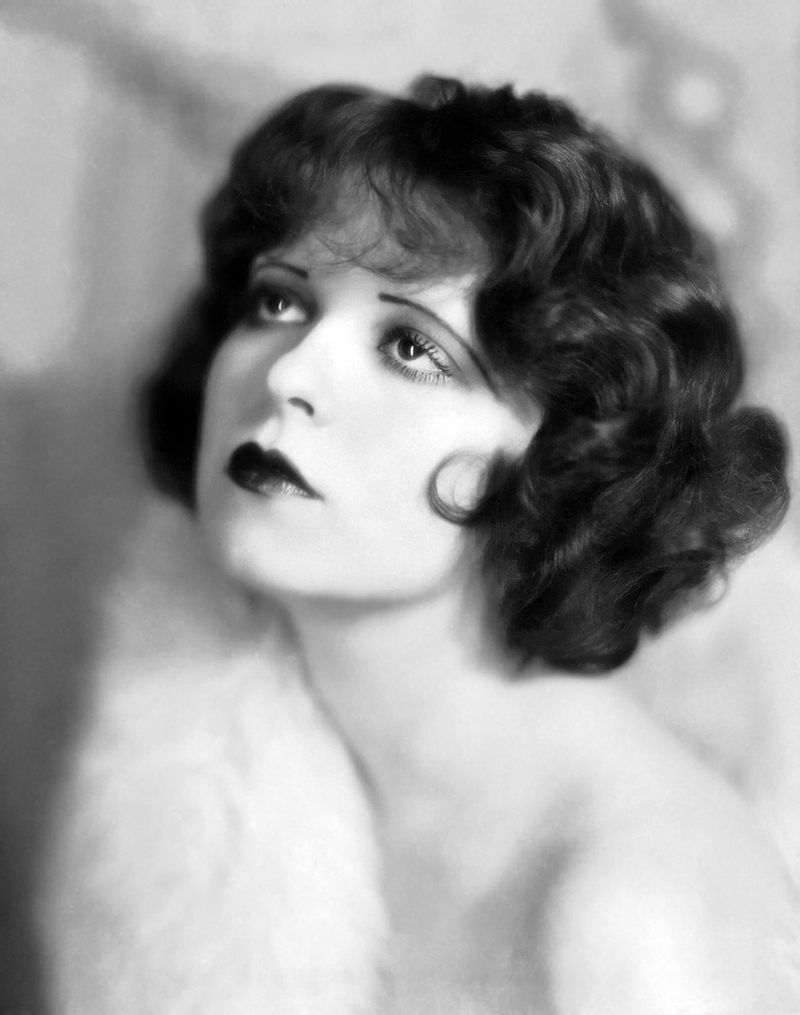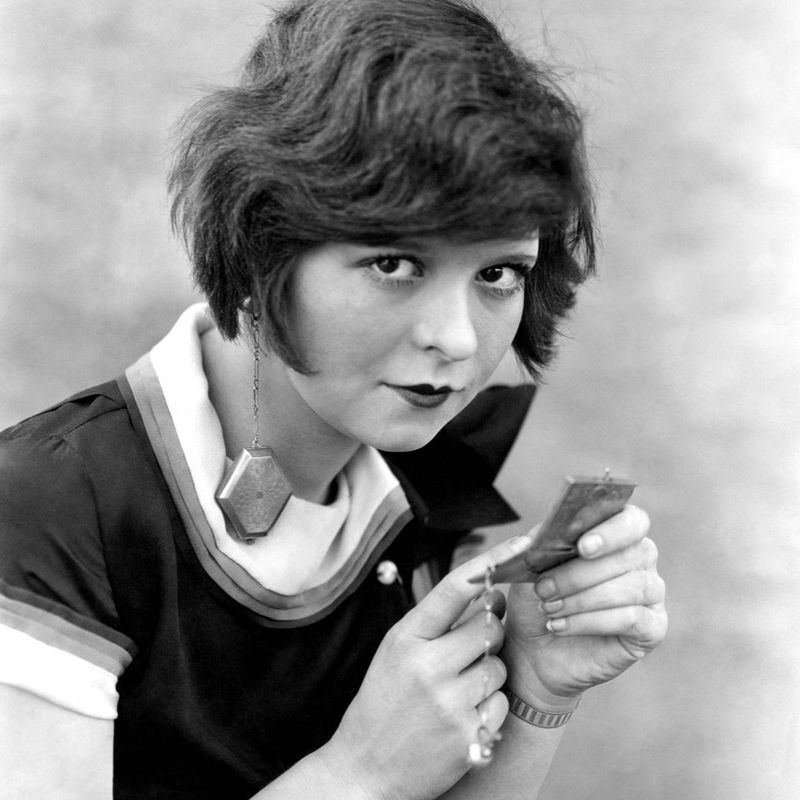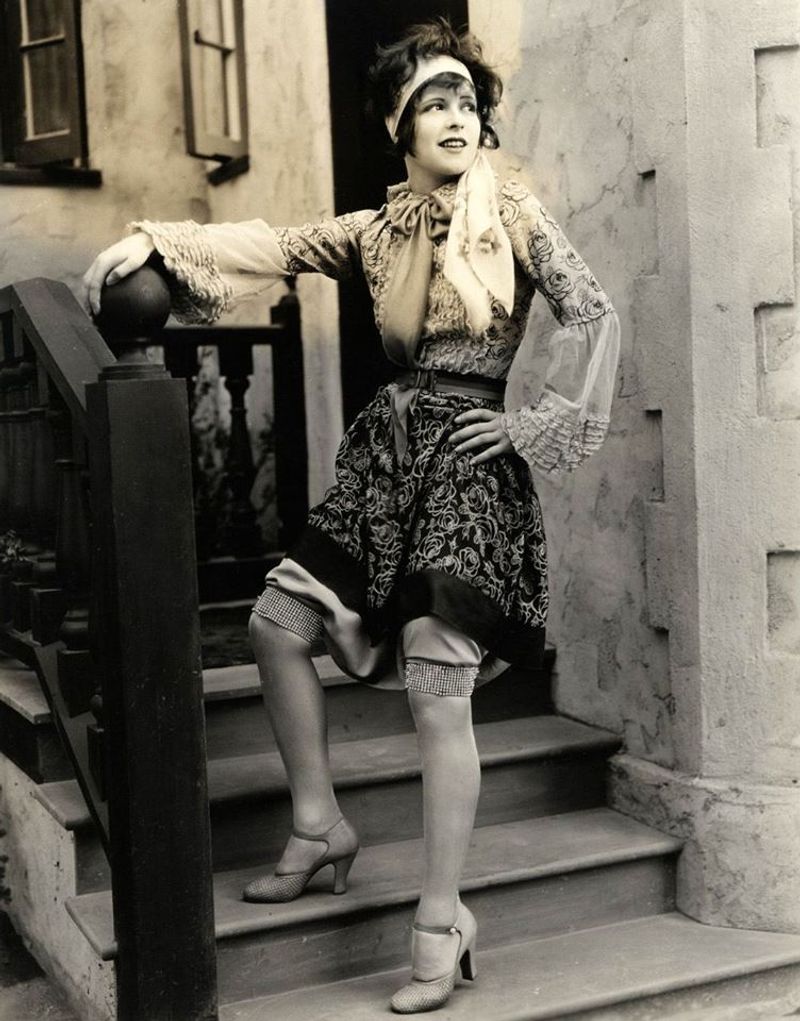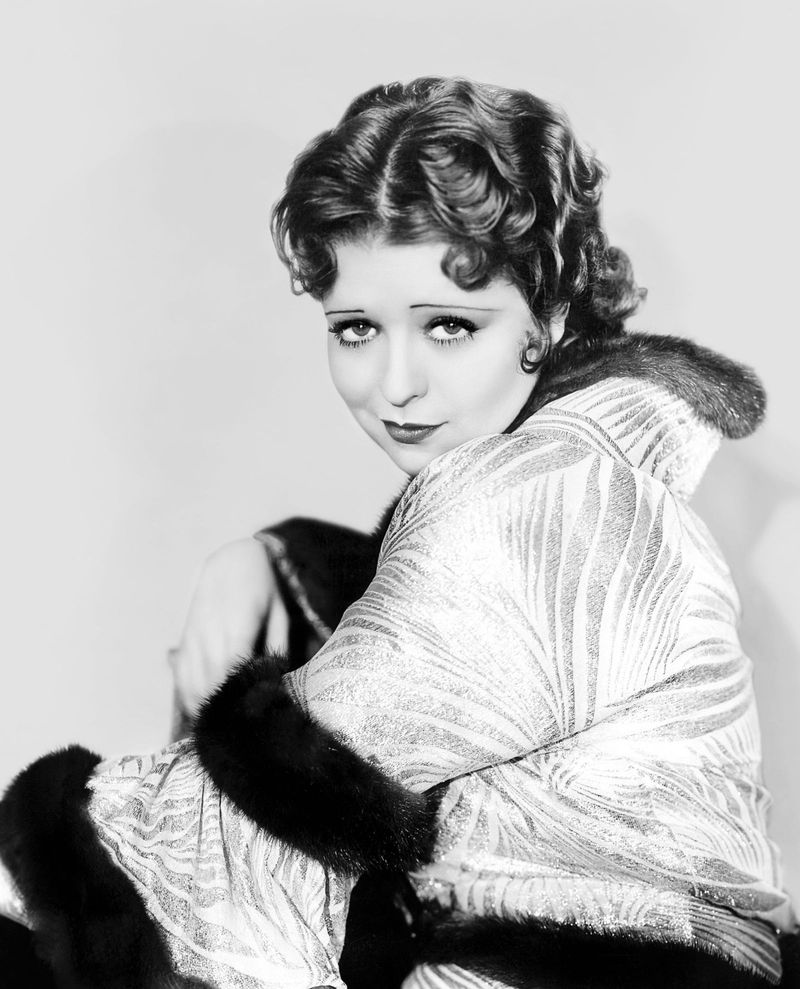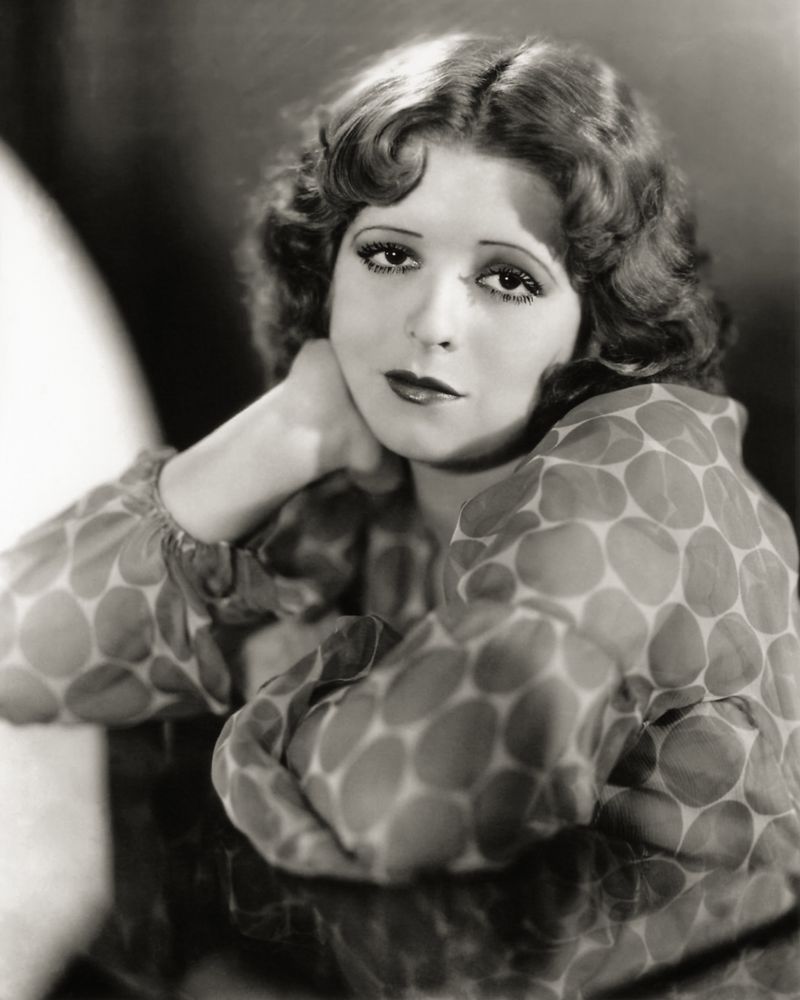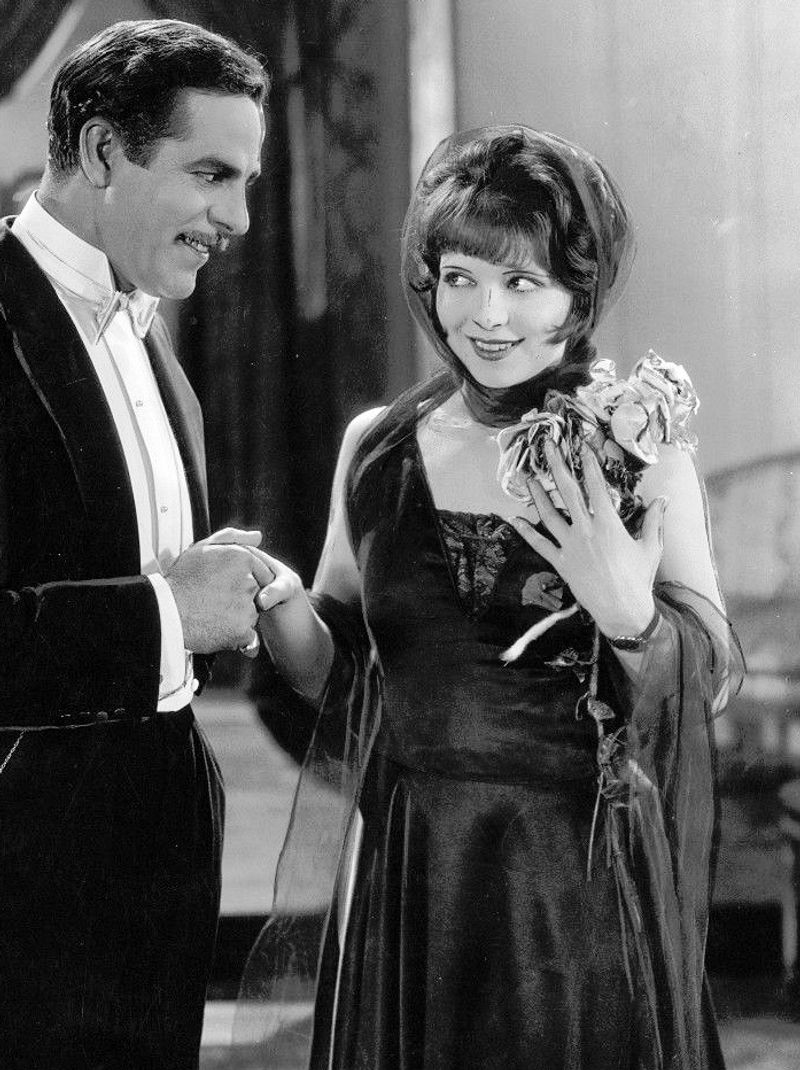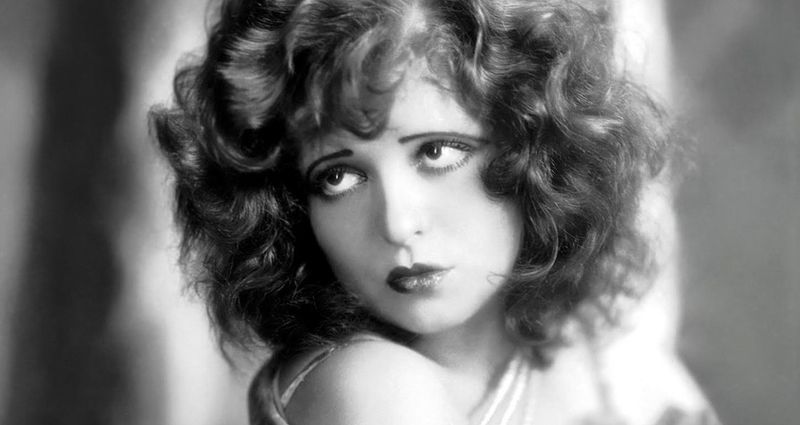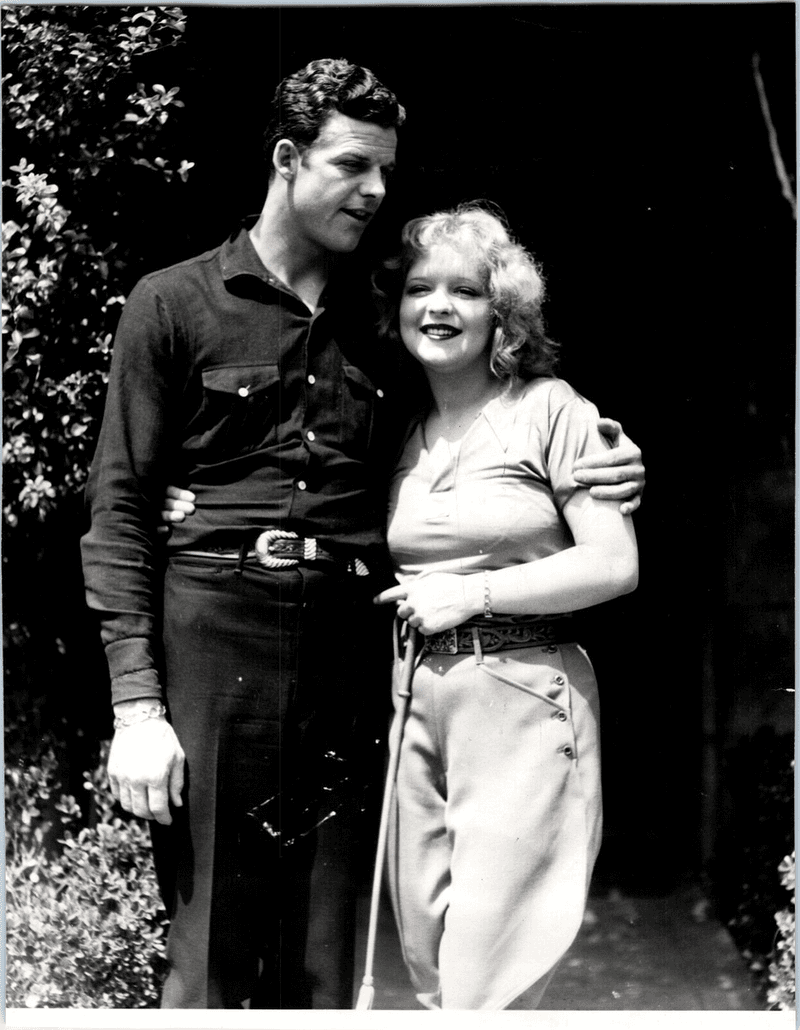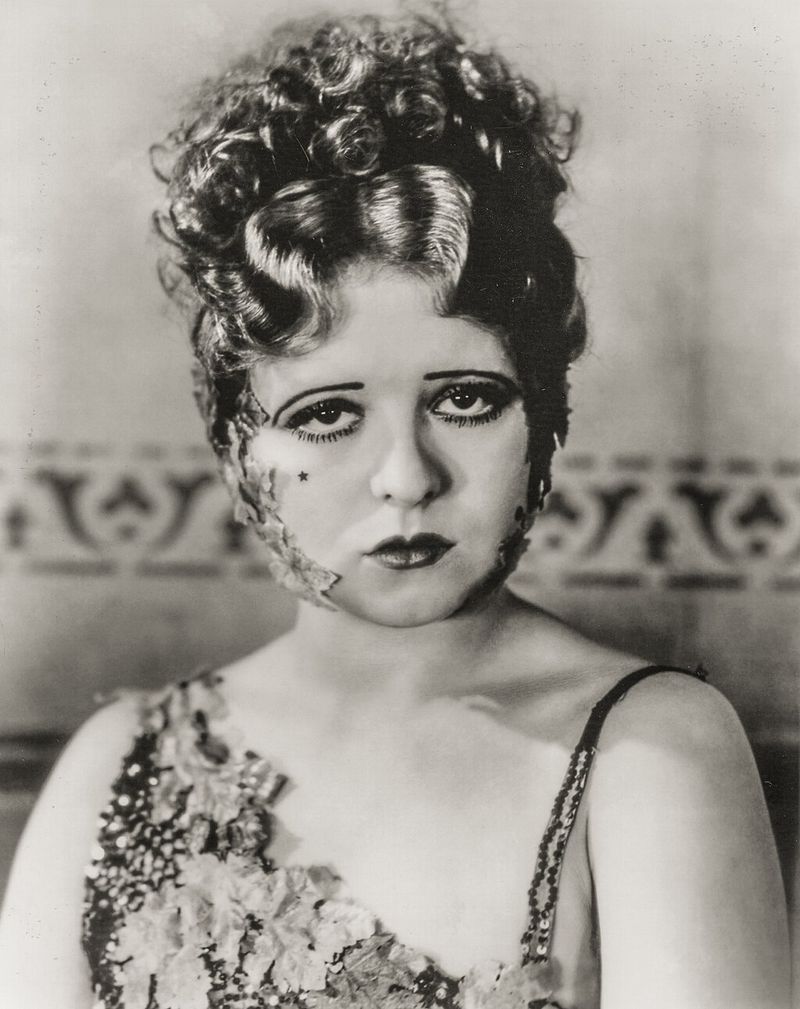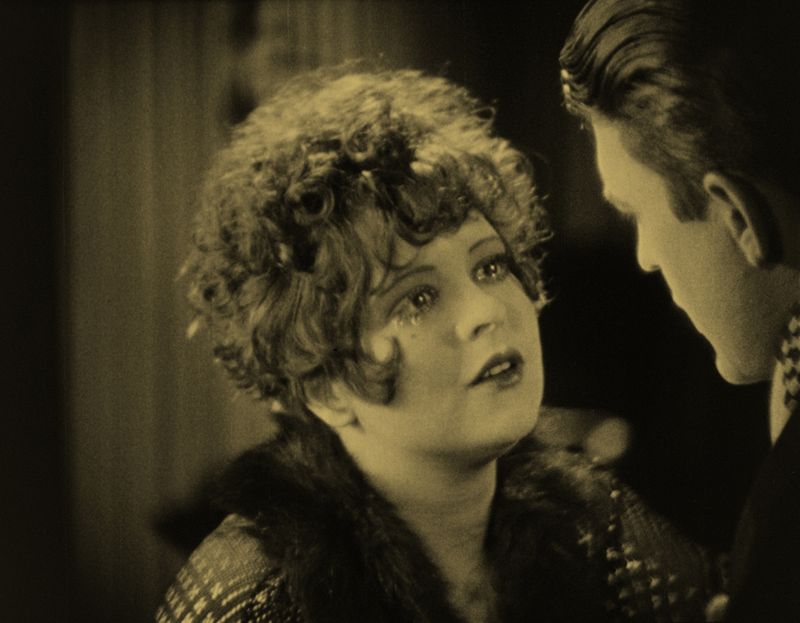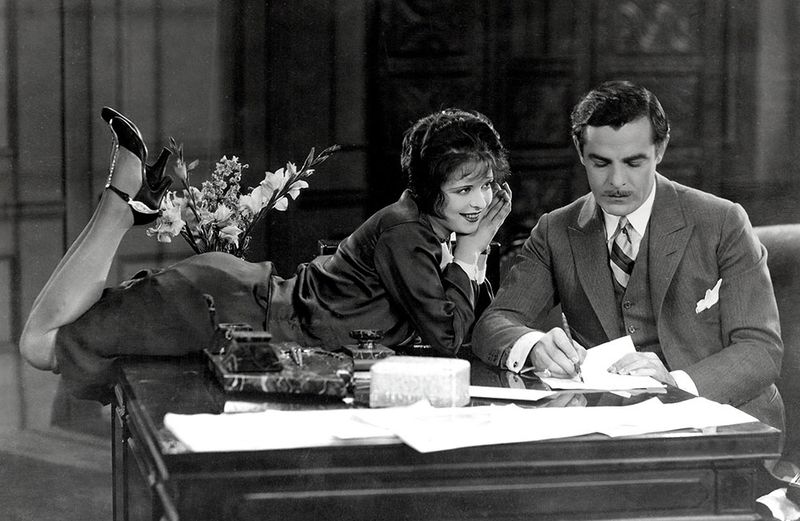Clara Bow, the iconic star of the 1920s, defined an era in Hollywood with her captivating charm and talent. From her humble beginnings to her meteoric rise, Bow’s life was a blend of glamour and challenges, making her a subject of fascination and admiration.
Though she faced personal and professional hurdles, her legacy endures, influencing generations of actresses and film enthusiasts alike.
Join us as we explore 15 intriguing facts about Clara Bow, offering a glimpse into the life of a woman who truly captured the spirit of Hollywood’s Golden Era.
1. She Was the Original ‘It Girl’
Clara Bow became the Original ‘It Girl’ after her stellar performance in the 1927 film ‘It’. Her portrayal showcased a magnetic combination of charisma and allure that made her an icon of modern femininity.
Fans were captivated by her vivaciousness, and she embodied the liberated spirit of the Roaring Twenties.
Her charisma wasn’t just limited to the screen; it translated into a lifestyle that many aspired to emulate. Her influence was so profound that even today, the term ‘It Girl’ is synonymous with captivating charm and effortless grace.
2. She Rose from Poverty in Brooklyn
Born in a tenement in Brooklyn in 1905, Clara Bow’s early life was marked by hardship and adversity. Her family struggled financially, and she faced a challenging childhood with a mentally ill mother and a largely absent father.
Despite these difficulties, Bow’s determination to escape her circumstances fueled her ambition to succeed in Hollywood.
The resilience she developed during these formative years played a crucial role in her later success. Her story is a testament to how overcoming early struggles can lead to great achievements.
3. She Won a Nationwide Acting Contest
In 1921, Clara Bow’s life took a pivotal turn when she won Motion Picture magazine’s ‘Fame and Fortune’ contest, beating thousands of other hopefuls. Her victory in this nationwide competition marked the beginning of her Hollywood journey.
This accomplishment not only opened doors to the film industry but also validated her dreams of stardom.
Winning the contest was more than just a career boost; it was a lifeline that offered a way out of her difficult past. Her triumph is a reminder of the power of perseverance and talent.
4. She Was a Silent Film Superstar
By the mid-1920s, Clara Bow had established herself as one of Hollywood’s most bankable stars. Her performances in over 40 silent films captured the imagination of a generation, and she became a symbol of the era.
Her expressive eyes and dynamic acting style made her a favorite among audiences. Despite the challenges of silent film acting, where facial expressions conveyed emotions, Bow’s talent shone brightly.
Her influence in the industry was so significant that she became synonymous with the spirit of the Roaring Twenties.
5. Her Style Defined the Flapper Era
Clara Bow became a fashion icon of the 1920s with her bobbed red hair and daring fashion choices. Her style epitomized the flapper era, reflecting the cultural shift towards more liberated and expressive women’s fashion.
With each public appearance, Bow set trends that women across the country eagerly followed. Her look was not just about fashion; it was a statement of independence and modernity.
The flapper image she cultivated symbolized a break from tradition, inspiring many to embrace a new way of living.
6. She Starred in One of the First Best Picture Winners
In 1927, Clara Bow starred in ‘Wings’, the first film to win the Academy Award for Best Picture. Her role in this groundbreaking film showcased her versatility as an actress and reinforced her status as a major Hollywood star.
‘Wings’ was a cinematic achievement, known for its impressive aerial combat scenes and special effects.
Bow’s performance was a key element of the film’s success, and her involvement in such a historic project solidified her place in film history. Her contributions to cinema continue to be celebrated.
7. Her Popularity Was Off the Charts
During her career peak, Clara Bow received more than 45,000 fan letters a month, a testament to her unparalleled popularity. Fans from all walks of life admired her, and the sheer volume of correspondence highlighted her connection with audiences.
This overwhelming response reflected not just her talent and beauty but also her relatability.
Her ability to resonate with fans on such a personal level was a rare quality. Even in today’s celebrity-driven world, Bow’s fan mail phenomenon remains an extraordinary example of stardom.
8. She Struggled with the Transition to Talkies
The advent of sound films, or ‘talkies’, presented a new challenge for Clara Bow. While her voice suited the new medium, she found the technology artificial and restricting. The transition was difficult for many silent film stars, and Bow was no exception.
Despite her initial struggles, she continued to work, but the change marked the beginning of a decline in her career.
Her discomfort with talkies reflected a broader industry shift that left many silent era stars behind. Her experience highlights the impact of technological advancements in film.
9. She Had a Scandalous Reputation—Mostly Fueled by Rumors
Clara Bow’s personal life was often the subject of scandal and gossip, though many stories were exaggerated or false. The press portrayed her as a wild party girl, and rumors of affairs and debauchery were rampant.
These tales fed into the public’s fascination with her, but they also weighed heavily on Bow.
Despite the sensational headlines, much of her reputation was built on nothing more than gossip. Her story is a cautionary tale about the dangers of fame and the relentless scrutiny faced by public figures.
10. She Walked Away from Hollywood at 28
At the height of her fame, Clara Bow made the surprising decision to retire from Hollywood at just 28. Burned out by the pressures of stardom, personal struggles, and the rapidly changing film industry, she chose to step away from the spotlight.
Her departure left a void in the film world, but it also allowed her to seek a more peaceful life away from the chaos. Her decision reflects the personal cost of fame and serves as a reminder that even the brightest stars need time to recharge and refocus.
11. She Married Cowboy Star Rex Bell
In 1931, Clara Bow married Rex Bell, a cowboy star, and together they sought a quieter life away from Hollywood’s relentless pace. They moved to a ranch in Nevada, where Bow found solace and contentment.
The couple had two sons and embraced a simpler lifestyle, enjoying the tranquility of rural life. Her marriage to Bell was a new chapter that provided stability and happiness, contrasting sharply with her tumultuous Hollywood years.
This phase of her life highlights the importance of finding balance and personal fulfillment.
12. She Suffered from Mental Health Issues
Clara Bow’s later years were marked by struggles with mental health, including bouts of depression and a diagnosis of schizophrenia. Her condition led to time spent in psychiatric care, reflecting the serious nature of her illness.
Despite these challenges, Bow remained a figure of strength and resilience. Her battle with mental health is a poignant reminder of the human side of stardom, often hidden behind the glamour.
It underscores the importance of awareness and support for mental health issues, even among the most celebrated individuals.
13. She Was a Tomboy at Heart
From a young age, Clara Bow defied traditional gender norms, preferring stickball and tree climbing to dolls and dresses. Her tomboyish nature was a defining trait that stayed with her throughout her life.
This spirited personality contributed to her unique appeal on screen, where she often portrayed unorthodox characters. Her ability to challenge societal expectations added depth to her roles and endeared her to audiences.
Bow’s tomboyish charm was part of what made her so relatable and beloved, both on and off the screen.
14. She Was Largely Forgotten Until Rediscovered
After retiring from the limelight, Clara Bow faded from public memory for decades. However, the advent of modern film historiography and a renewed interest in early cinema led to her rediscovery.
Film historians and enthusiasts began to appreciate her contributions to Hollywood’s Golden Era, sparking a revival of interest in her work.
This renewed recognition highlights the lasting impact of her career and the timelessness of her performances. Bow’s story serves as a reminder of the enduring nature of true talent and the importance of preserving film history.
15. Her Impact Still Echoes in Pop Culture
Clara Bow’s influence extends far beyond her era, with her legacy echoing in pop culture today. She inspired animated characters like Betty Boop and has been referenced in songs, fashion editorials, and films.
Her iconic style and persona continue to captivate new audiences, ensuring her place in the cultural zeitgeist. The enduring fascination with Bow’s life and career underscores her status as a true icon of the Jazz Age.
Her impact on pop culture is a testament to her timeless appeal and the lasting power of her artistry.

